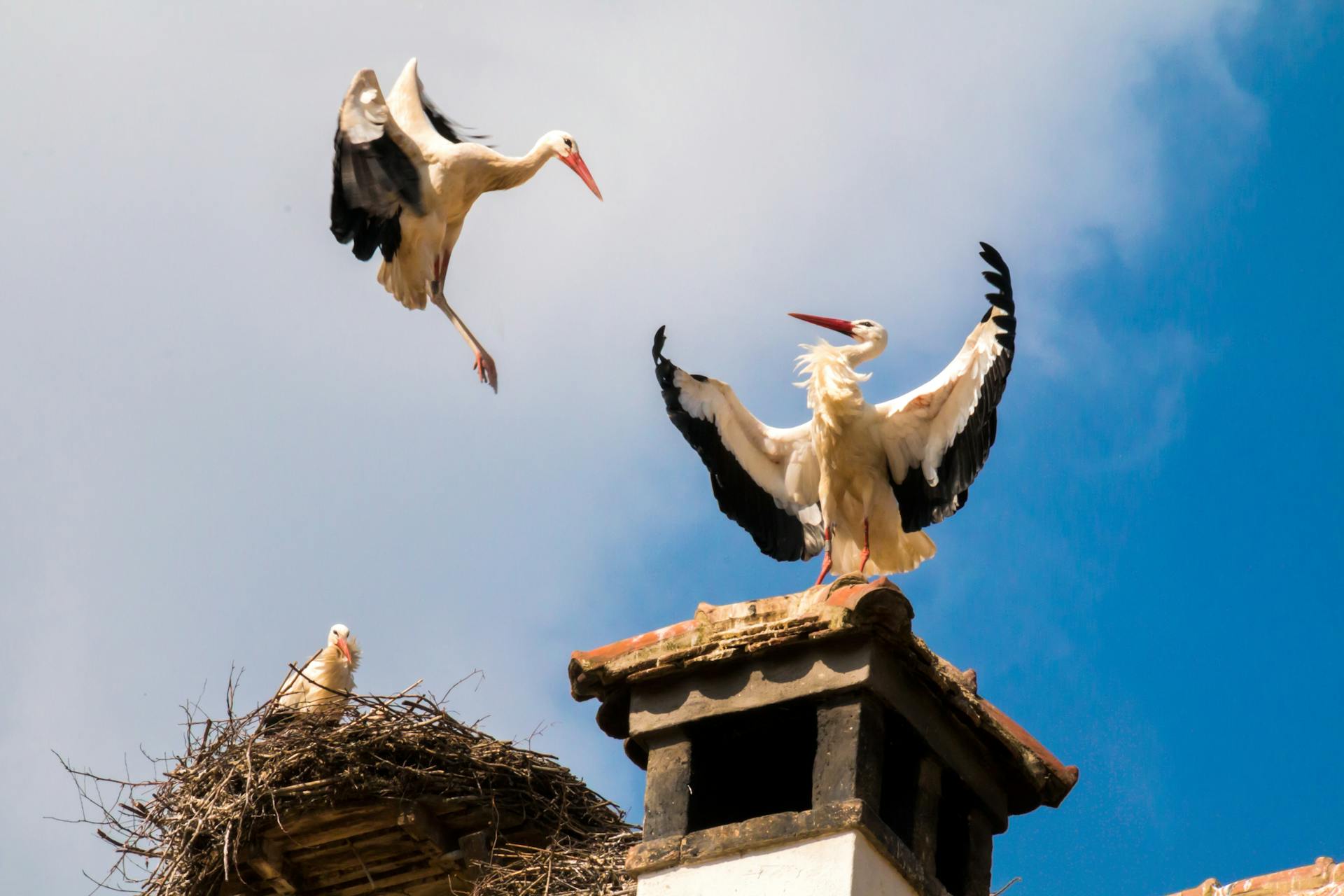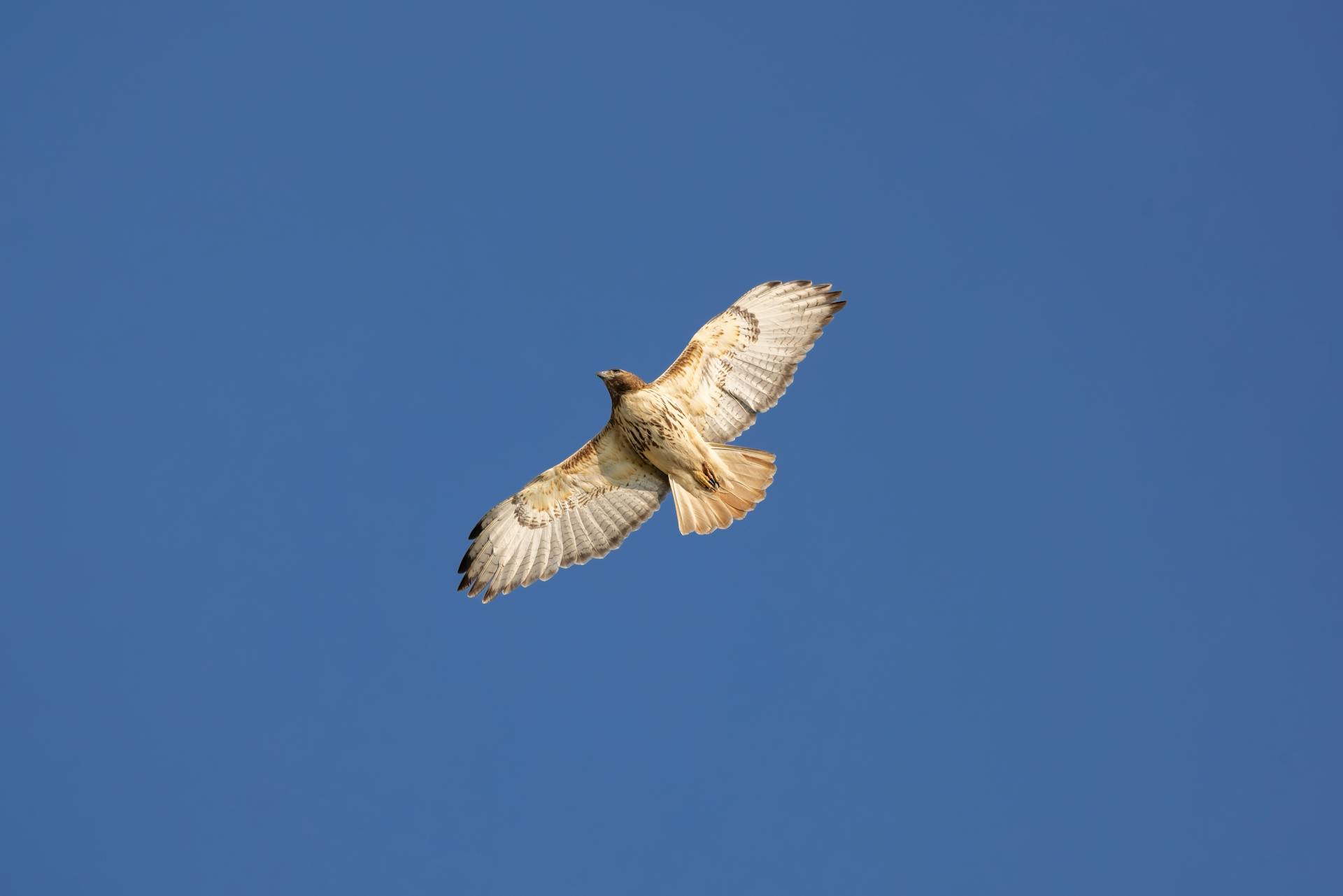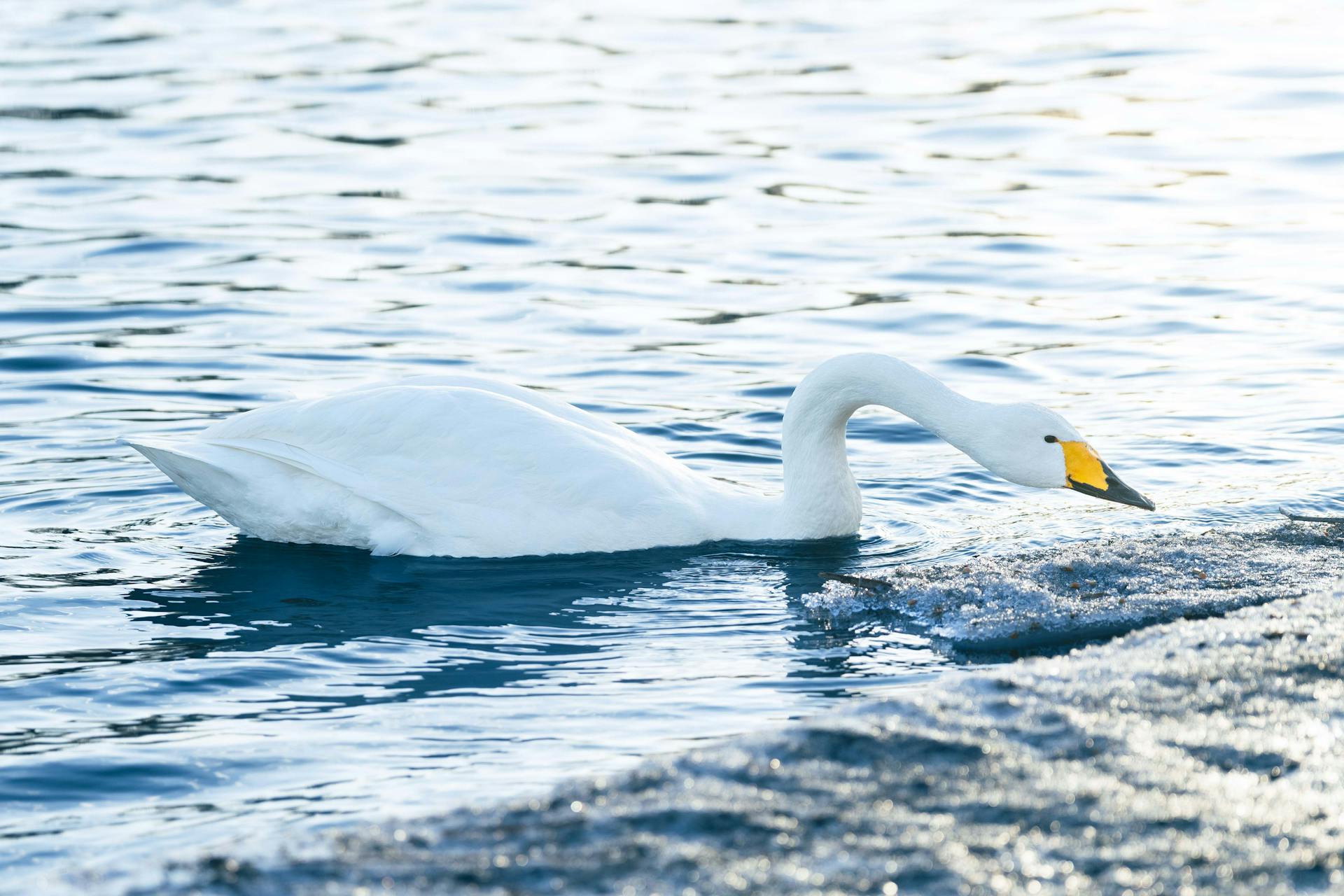Did you know that the average American Robin builds up to three nests each breeding season, discarding the first two before finally laying eggs? Nesting is not just a mundane task for birds; it is a crucial component of their life cycle, serving as a sanctuary for their young and a shield against predators. The way birds construct their nests reflects a remarkable range of behaviors and adaptations, highlighting the incredible diversity within the avian world.
From the intricate woven structures of the weaver bird to the mud-and-straw creations of the cliff swallows, each species employs unique techniques and materials tailored to its environment. These nesting habits are not only essential for survival but also showcase the creativity and ingenuity of birds in overcoming challenges presented by their habitats. In this article, we will explore the fascinating world of bird nesting, delving into the various types of nests, the materials used, and the innovative strategies that ensure the continuation of their species. Join us as we uncover the remarkable nesting habits that make birds some of nature’s most ingenious architects.
The Purpose of Nesting
Nesting serves several critical functions in a bird’s life cycle, with protection from predators being one of the most vital. Birds invest considerable time and energy into building nests that shield their eggs and fledglings from potential threats. By selecting hidden locations or constructing nests that are difficult to access, such as high tree branches or remote cliff faces, many bird species enhance the chances of their young surviving to adulthood. This instinctual behavior reflects the delicate balance of nature, where every species must navigate the dangers of predation to thrive.
In addition to providing safety, nests create a secure environment for raising young. Birds invest not only in the construction of their nests but also in the choice of materials, ensuring a safe and nurturing space. The structure must be strong enough to withstand environmental challenges, such as wind and rain, while also being comfortable enough for the growing chicks. A well-built nest can influence the survival rates of fledglings, as it provides a sheltered area for feeding and resting during their vulnerable early days.
Thermal regulation is another critical aspect of nesting. Birds are highly attuned to their environments, and many species construct their nests with materials that help insulate against extreme temperatures. In colder climates, birds may use feathers and down to line their nests, creating a warm microenvironment for their eggs and chicks. Conversely, in hotter regions, nests may be designed to allow for better airflow, preventing overheating. This adaptability highlights how birds have evolved unique nesting strategies to thrive in diverse climates and habitats.
Types of Nests
Birds exhibit a stunning variety of nesting styles, which can be categorized into several types. Cup nests are perhaps the most recognizable, characterized by their rounded shape that cradles eggs safely. Common examples include the nests of the American Robin and House Finch. These nests are typically made from twigs, grasses, and mud, forming a secure and comfortable environment for their offspring.
In contrast, cavity nests are built within natural hollows in trees or other structures. Woodpeckers and Bluebirds are known for their cavity-nesting habits, where they seek out pre-existing holes or create their own. This nesting style provides excellent protection against predators and harsh weather, as the enclosed space shields the eggs and chicks from the elements.
Scrape nests represent another intriguing type of nesting. These are shallow depressions made directly on the ground, often lined with pebbles or shells. Shorebirds, such as plovers, commonly use this method, as do penguins that create scrape nests in rocky areas. The simplicity of this design allows these birds to utilize their environments effectively, but it also makes their eggs vulnerable to predation.
Lastly, platform nests are large structures typically built in trees or on cliffs, providing a commanding view of the surroundings. Eagles and herons are famous for their platform nests, which are often reused and expanded upon over the years. These nests can become monumental in size, showcasing the long-term commitment birds have to their nesting sites.
Unique Nesting Materials
The materials birds use for nest building are as varied as their nesting styles. Natural materials such as twigs, leaves, mud, and feathers are the foundation of many nests. These components are often chosen based on their availability in the surrounding environment, allowing birds to utilize what is readily accessible. The use of these materials not only provides structural integrity but also contributes to the insulation and comfort of the nest.
However, many birds display remarkable adaptability by incorporating unconventional materials into their nests. It is not uncommon to find nests adorned with man-made objects like plastic, paper, or string. This behavior reflects a bird’s ability to thrive in urban environments where traditional nesting materials may be scarce. For example, some species have been observed using pieces of discarded plastic to reinforce their nests, raising questions about the implications of human impact on avian behavior and ecology.
Innovative Nesting Techniques
Birds have evolved a range of innovative nesting techniques to thrive in their respective environments. One notable example is the practice of building nests in extreme environments. Cliff-nesting birds, such as the Peregrine Falcon, are adept at constructing their nests on sheer rock faces, where the height offers protection from ground predators. Their nests, often referred to as eyries, are ingeniously placed to take advantage of the natural landscape.
Another fascinating behavior is cooperative nesting, seen in species like the Sociable Weaver. These birds build massive communal nests that can house multiple breeding pairs. This strategy not only provides safety in numbers but also fosters a sense of community, as the birds work together to construct and maintain their nests.
Additionally, some birds exhibit remarkable timing in their migrations and seasonal nesting patterns. They often synchronize their nesting with environmental cues, such as food availability and weather conditions. For instance, many migratory birds return to their breeding grounds at specific times of the year to ensure that their chicks will have ample food resources when they hatch.
Case Studies of Unique Nesting Behaviors
The nesting behaviors of certain bird species are particularly intriguing and reveal the complexity of avian life. The Australian bowerbird, for instance, is known for its elaborate courtship display, where males build intricate structures called bowers to attract females. These bowers, often adorned with colorful objects, are not nests for raising young but serve as a stage for the male’s courtship rituals, showcasing the importance of aesthetics in the mating process.
In contrast, the sociable weaver constructs complex communal nests that can house numerous families. These nests can weigh hundreds of kilograms and are built high in the trees, providing protection from predators and extreme temperatures. The shared responsibilities among the weavers highlight the social dynamics of avian life.
The emperor penguin exhibits a unique nesting strategy in the harsh Antarctic climate. Males incubate the eggs by balancing them on their feet and covering them with a flap of skin, known as a brood pouch. This method protects the eggs from freezing temperatures while the females hunt for food, demonstrating the extreme adaptations birds have developed to ensure the survival of their young.
Impact of Environmental Changes on Nesting
As we marvel at the unique nesting behaviors of birds, it is crucial to recognize the impact of environmental changes on their nesting success. Climate change poses a significant threat, as shifting temperatures and changing weather patterns can disrupt traditional nesting habitats. Birds may find their preferred nesting sites becoming inhospitable, leading to a decline in population numbers.
Moreover, human influence through habitat destruction poses additional challenges. Urbanization, deforestation, and pollution can devastate nesting areas, leaving birds with fewer options for safe nesting. Many species struggle to adapt to rapidly changing environments, leading to concerns about their long-term survival.
Conservation efforts are vital to protecting nesting sites and preserving the diverse behaviors and adaptations that birds have developed over time. By supporting habitat restoration projects and advocating for policies that prioritize wildlife conservation, we can help ensure that these remarkable avian architects continue to thrive in their natural environments.
Conclusion
The diversity and ingenuity of bird nesting habits are a testament to nature’s creativity and resilience. From the intricate designs of cup nests to the communal structures of the sociable weaver, each species showcases unique adaptations that have evolved over time. As we recognize the critical role that nesting plays in a bird’s life cycle, it becomes increasingly clear that protecting their habitats is essential for the survival of these remarkable creatures. We all have a role to play in supporting bird conservation efforts, ensuring that future generations can witness the beauty and diversity of avian nesting behaviors.
Frequently Asked Questions (FAQs)
1. Why do birds build nests?
Birds build nests primarily to provide a safe and secure environment for laying eggs and raising their young. Nests protect the eggs and chicks from predators, harsh weather, and environmental hazards, ensuring a higher survival rate for their offspring.
2. What materials do birds use to build nests?
Birds use a variety of materials to construct their nests, including natural items like twigs, leaves, mud, and feathers. Some species also incorporate unconventional materials, such as plastic, paper, and other man-made objects, to enhance the structure and insulation of their nests.
3. What is the difference between cup nests and cavity nests?
Cup nests are open, rounded structures typically built in trees or shrubs, where birds like the American Robin and House Finch lay their eggs. Cavity nests, on the other hand, are constructed within natural hollows or excavated holes in trees, providing additional protection; woodpeckers and bluebirds are examples of cavity-nesting birds.
4. How do nesting habits vary among different bird species?
Nesting habits vary widely among bird species, influenced by their environment, behavior, and evolutionary adaptations. Some birds build elaborate nests with intricate designs, while others may create simple ground scrapes or reuse existing cavities. These variations reflect the unique challenges and resources available in their habitats.
5. How do environmental changes affect bird nesting?
Environmental changes, including climate change and habitat destruction, can significantly impact bird nesting behaviors. Shifts in temperature, weather patterns, and the availability of nesting sites can disrupt traditional nesting cycles, leading to lower reproductive success and declining populations.
6. What role do cooperative nesting strategies play in bird communities?
Cooperative nesting strategies, seen in species like the Sociable Weaver, allow birds to share nesting sites and responsibilities. This communal approach provides benefits such as increased protection from predators, shared resources, and social interactions, which can enhance the survival of both parents and chicks.
7. What can I do to support bird conservation efforts?
You can support bird conservation efforts by creating bird-friendly environments in your own backyard, such as planting native plants and providing clean water sources. Additionally, consider supporting local and global conservation organizations, advocating for policies that protect wildlife habitats, and participating in citizen science projects that monitor bird populations.


